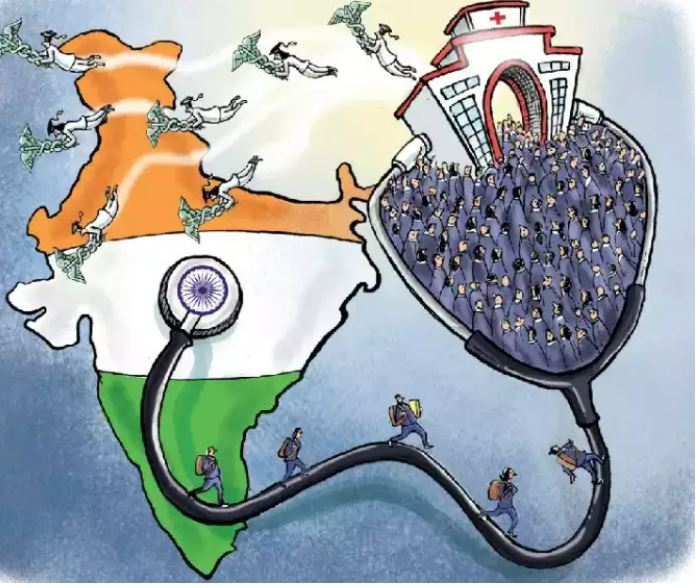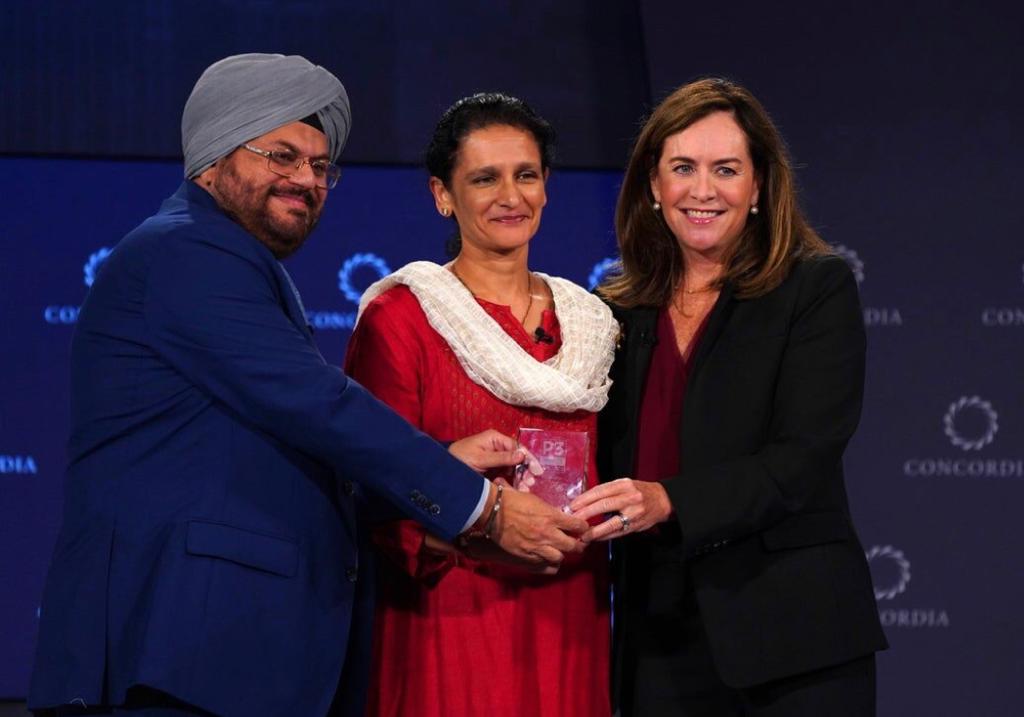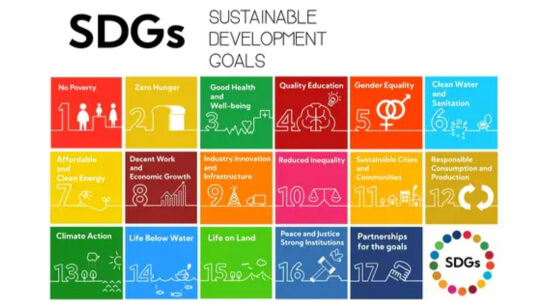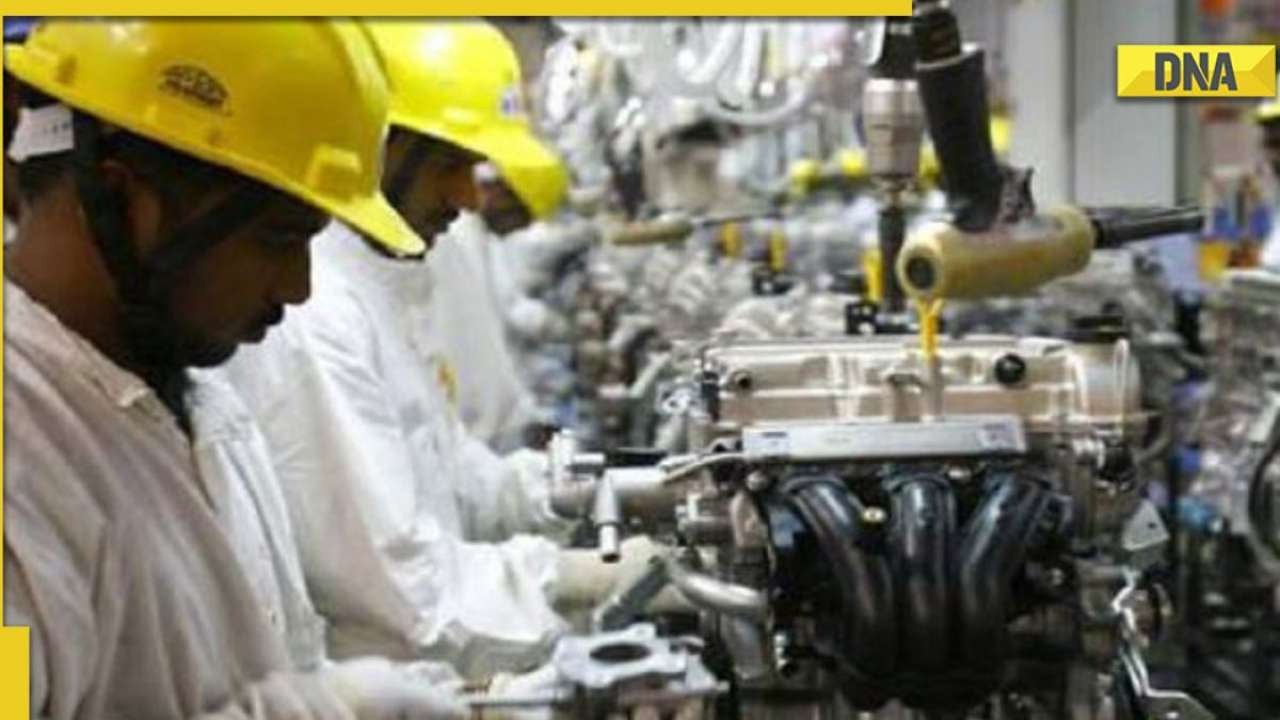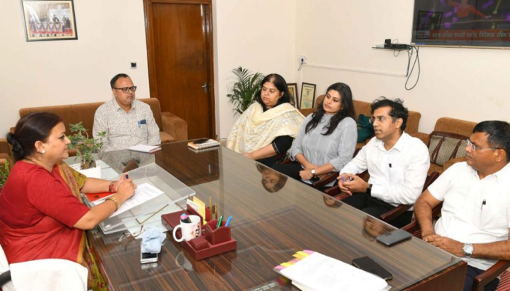India began the transformation from a centralised state to an open, market-based economy in the early 1990s by taking steps towards economic liberalisation, decentralisation, good governance and improved infrastructure. This change in approach emphasised the important role of cities in India’s future economic development. Cities today contribute about 50-55 per cent to the country’s gross domestic product.
Despite urban India’s significant contribution to the growing economy, it is facing serious infrastructure problems. India’s urban population is larger than the population of entire United States, and is second to China’s. It is clear that India’s urban population will continue to grow and will probably double over the next couple of decades. While India has experienced rapid socio-economic changes and urban growth over the past several decades, the municipal infrastructure has not kept its pace. A large number of Indian cities and towns are facing a persistent need of better infrastructure facilities, specifically in areas of water supply, sewerage, solid waste management, roads, transportation and housing.
As the urban population surges and cities get crowded, living conditions become grimmer and less equal, exerting more pressure on the natural resources and public service infrastructure. It is not only the demand for fresh infrastructure but an equally important need for a continuous necessity of infrastructure — which is no longer maintained either on account of age or as a consequence of wanton neglect or destruction. This issue is becoming a bottleneck in achieving fast national economic growth and widespread poverty alleviation. India is at a critical moment where it can preserve and build on the gains from the first major wave of economic reforms.
The 11th five-year plan of India (2007-2012) had estimated the total fund requirement for implementation of plan target for urban water supply, sewerage and sanitation, drainage and solid waste management at Rs 1,29,237 crore. A high-powered expert committee constituted by the government of India for assessing the investment requirement has projected the capital investment requirement for urban infrastructure, renewal and redevelopment (including slums), and capacity building for the 20 years from 2012-13 to 2031-32 at Rs 35.75 lakh crore.
It has projected a further requirement of nearly Rs 15 lakh crore for operation and maintenance. India’s urban infrastructure sector needs huge investments. Faced with the growing demand for urban services, governments at all levels are challenged to meet the demands of urban areas. India needs to improve its urban infrastructure and governance to improve productivity and create jobs for the poor. To meet the challenges of this inevitable urbanisation, India needs well-performing cities.
However, meeting these financial requirements for the provision of urban infrastructure is plagued by a number of constraints, including a low tax base for most cities, lack of credible credit histories, reluctance to impose cost recovery, including fragmented institutions where the management authority is spread out over many agencies, including professional capacity of staff.
Sustainable and large-scale advances in urban infrastructure cannot take place without improvements in the revenue base, or competent urban management. Local governments in India have to cope with growing functional responsibilities despite continually weak finances. Given these challenges, the government of India attempted to meet the constraints through a flagship programme, the Jawaharlal Nehru Urban Renewal Mission (JNNURM). It provided a comprehensive package of assistance to be used as an explicit catalyst for not only meeting infrastructure needs of cities, but also to improve their internal revenue base by propagating reforms in the areas of property tax, user charges to recover O&M costs, double-entry accrual-based accounting system, e-governance, etc.
The main rationale for these reforms lies in the stated objective of the Constitution (74th Amendment) Act, 1992, which calls for empowering ULBs “with such powers and authority as may be necessary to enable them to function as institutions of self-government and such law may contain provisions for the devolution of responsibilities upon municipalities…”
This initiative is an attempt towards improving the performance and ability of municipalities so that they are able to discharge their duties efficiently. Thus, this reform-linked approach of funding from the government of India represents the culmination of two decades of active debate and experimentation on various reform items in the country. Once these interventions are implemented, they will indeed change the way local governments function and pave the way for making Indian cities more productive and healthy places to live and work in.
While delegating powers and responsibilities through decentralisation, it is equally important for the centre/states to continue to support, guide and mentor the ULBs during this transition period. Decentralisation does not mean deregulation and decontrol. In order for local governments to take advantage of the paradigm shift and remove the key roadblocks in improving service delivery and building capacities at all levels through long-term ‘handholding’, formal training, technical assistance to adopt new approaches and technologies and assuming new roles and responsibilities is required.
Creation of a formal municipal cadre, clarity of roles of para-statal agencies in the state, continuous capacity building, innovative financing and working towards financial autonomy are some of the steps required to meet these challenges. While policy guidance is necessary and desirable to create a common framework for action, it is equally crucial that these policies do not constraint local solutions and instead provide some flexibility in a country as large and diverse as India to rewrite the way to effectively confront the challenges that cities face today. However, majority of states and urban local bodies lack adequate absorption capacity for the same.











